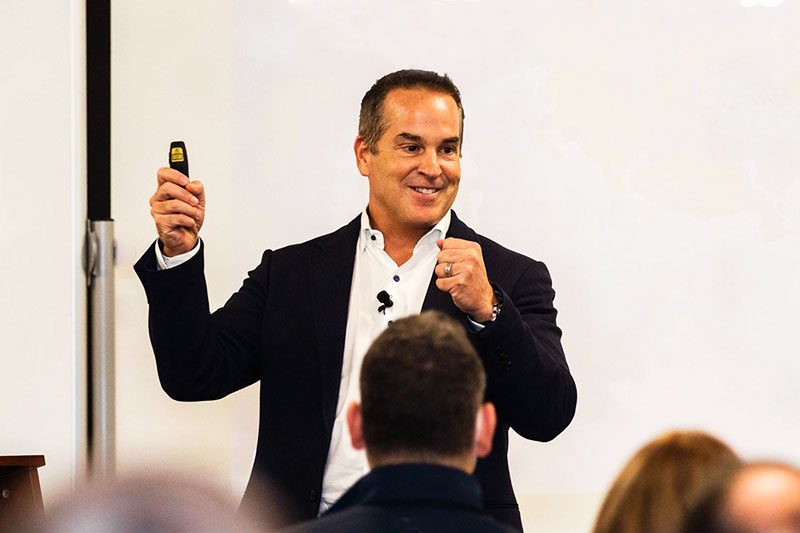What today we call quiet quitting is not new. In the U.S., the number of employees engaged in their work (defined by Gallup as “involved in, enthusiastic about, and committed to their work and workplace”) rose a mere 3% between 2012 and 2016 and again between 2017 and 2020, elevating it to an all-time high of just 36%. Not a great number, but at least it was on a gradual increase. Then the pandemic hit and in 2022 it dropped back down to 32%.
What does that look like in the workplace and at what cost?
- For every three employees, one is doing the bare minimum to collect their paycheck.
- For every three employees, two employees are picking up the slack of their disengaged team member.
- Disengaged employees cost the U.S. $483 billion to $605 billion each year in lost productivity.
So, what can we as leaders do to combat this long standing challenge?
In my blog post How to Build a Top Notch Team, I talked about the importance of investing in your team through, yes, pay and perks. Equally important, and for some employees more important, is equipping them with the skills, knowledge, support and resources to do their job well. When you add to that a work environment that your employees want to spend time in, you have the key components that promote employee engagement. And the best news is, those components are in your control.
That tells us that people want to do their job well, and if they are supported in that endeavor, they will be actively engaged in their job. It’s a simple equation that most companies fail to solve.
Leaders, this is not up to your employees to fix. The onus is on you. There is an abundance of information and real-life examples out there about how to engage your employees, but before you start delving into how, I encourage you to look at why.
Why aren’t you equipping your employees with the skills, knowledge, support, and resources to do their job well? Here are three tips for doing so:
- Set a regular meeting cadence – this will create an open line of communication ensuring transparency. Be sure your meetings include the follow items for maximum efficiency
- Written agendas
- Documented actions
- Open agenda time/open floor
- One-on-one coaching – this will promote personal growth and will set aside time for the following
- Investing time in individual employees
- Listening to individual needs
- Learning about your unique people
- Learning paths – this will establish value in professional development and create an environment where growth is encouraged. Start with the following steps
- Recognizing that individuals learn differently
- Committing to developing all employees
- Creating individual development plans
Maybe you pick one department or segment of your business to really dig into or review the company as a whole. Either way, start digging, because if you don’t know what’s holding you back from empowering your employees to engage in their jobs, whatever how-to’s you try won’t stick.














